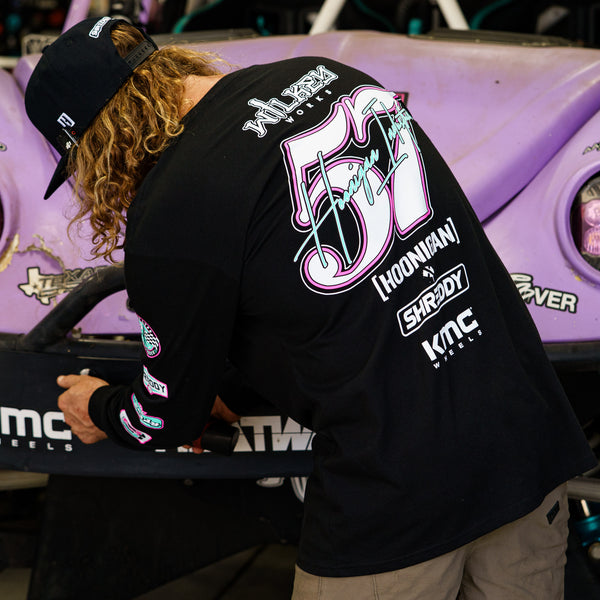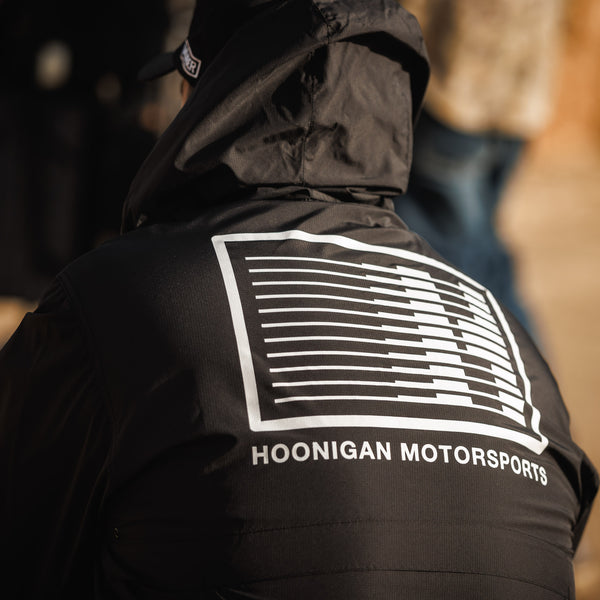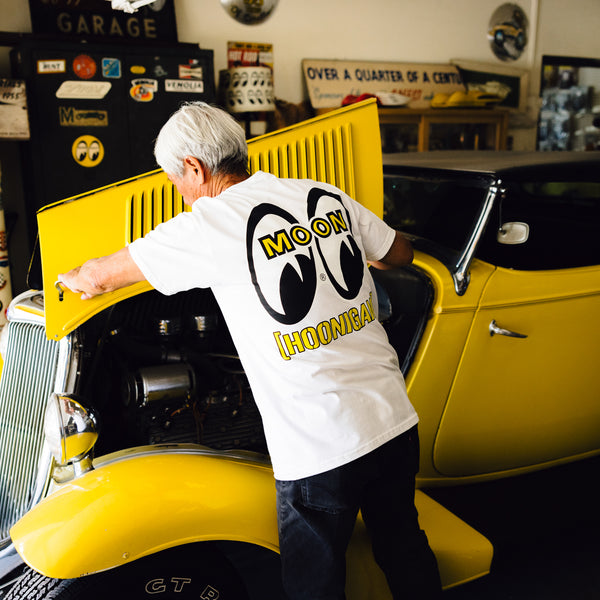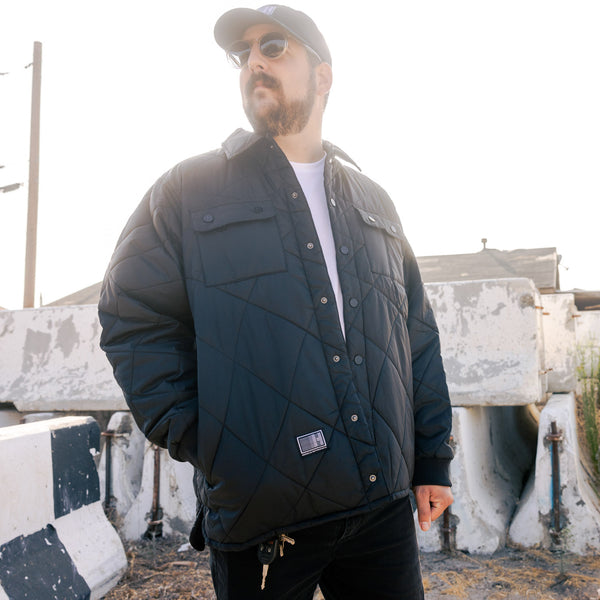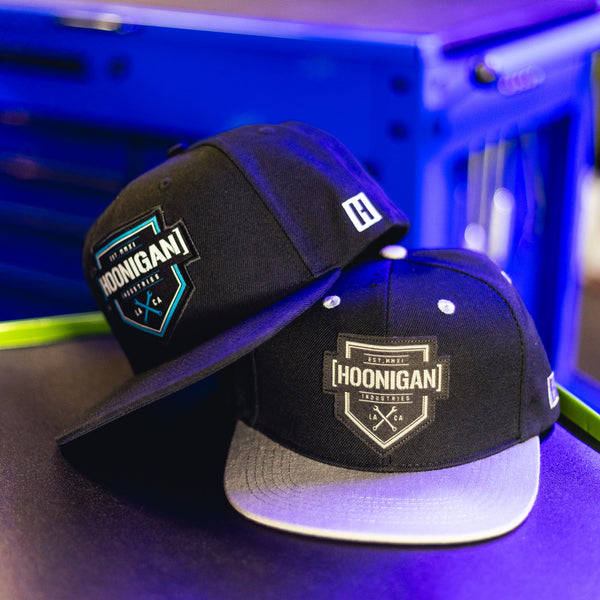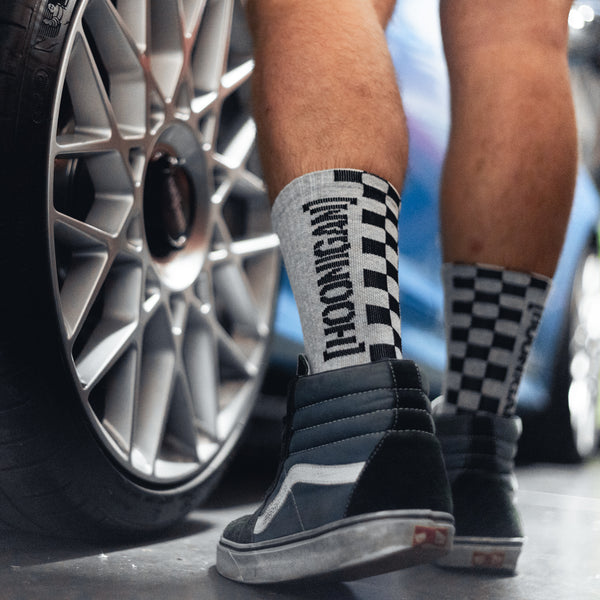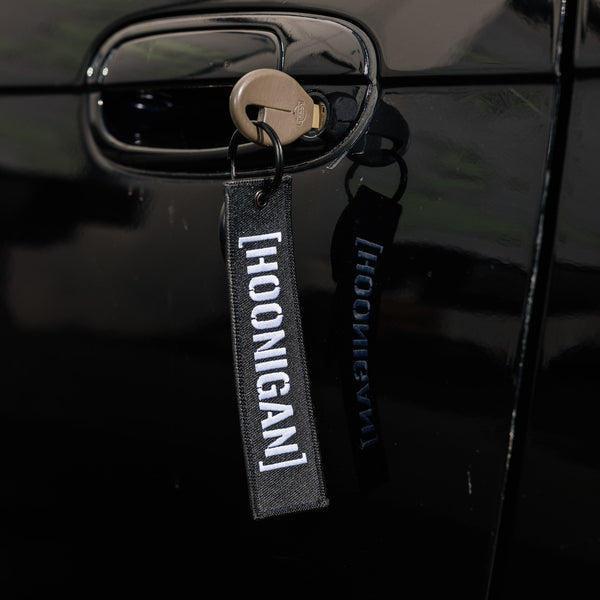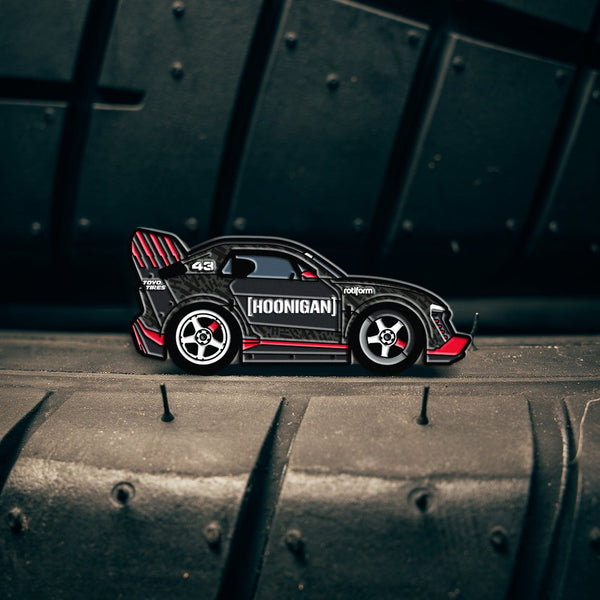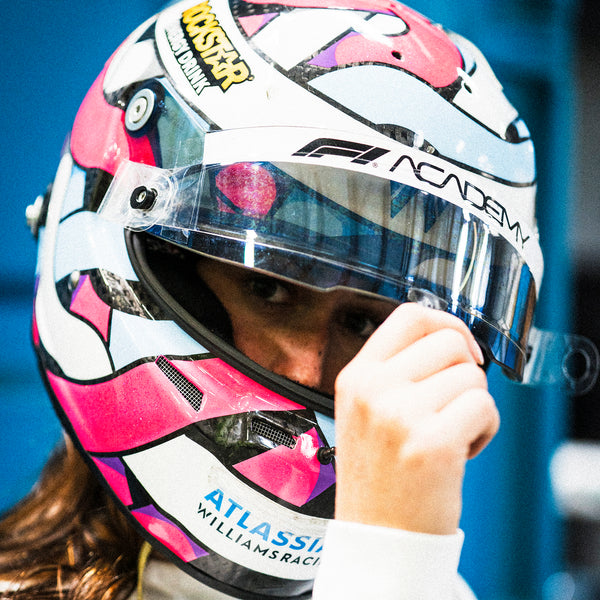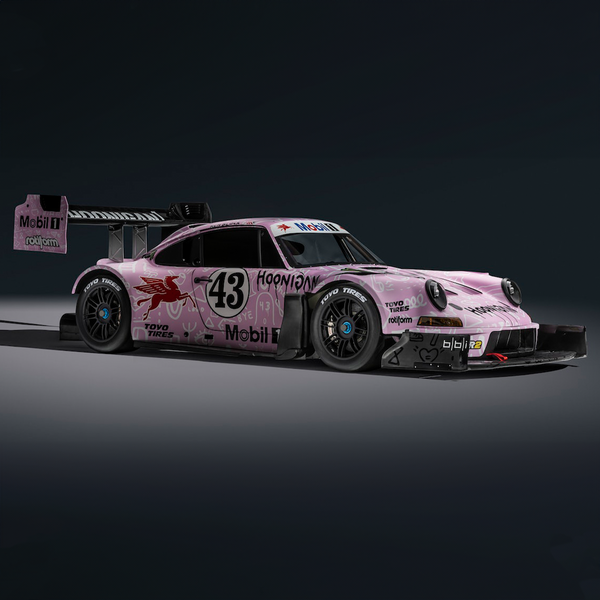Victory at Le Mans is never a guarantee. This is a lesson Toyota learned firsthand in 2016 when Kazuki Nakajima’s number Five TS050 lost power with a scant three minutes and twenty five seconds left on the clock. It was one of the most heartbreaking finishes to watch, Kaz was powerless as the car refused to fire up until the clock ran out. Even though he did manage to drive it over the finish line, it was nearly six-minutes over the cutoff time and the car wasn’t classified as finished. Since that loss, Toyota has been hellbent on a mission to redeem itself and 2018 was the year they finally did it.
These guys were clearly out for blood since the 84th running of Le Mans. In 2017, Kamui Kobayashi set a lap time of 3:14.791 (an average of about 156-MPH over the 8.467-mile track) in the number Seven during qualifying. It was the fastest lap since the chicanes were added to Mulsanne Straight in 1990 after the Jaguar XJR-6 driven by Win Percy flipped over at 240mph.
Unfortunately, Kobayashi’s number Seven car and the number Nine would retire on the day. Nakajima in the number Eight would see the checkered flag, but in a distant nine laps down from the winner, the number Two Porsche 919 driven by Timo Bernhard, Brendon Hartley, and Earl Bamber.
For 2018, Toyota was the only manufacturer backed team, but they were also two of ten entries in LMP1. The ACO, the governing body of the 24-Hours of Le Mans, changed the rules to allow non-hybrid cars into LMP1 with less restrictions over more expensive hybrid cars.
You would think that this would automatically give Toyota a walk-away victory, however, you must look at Toyota’s most recent past with Le Mans to realize that’s not always the case. Even with a win in their grasp, the car failed in 2016 and then two cars failed again in 2017.
Endurance racing is never truly finished until it’s finished, and sometimes, even then it’s not. Rebellion Oreca can testify to that as they had their podium finish ripped away with their disqualification after the race was done. By cutting a hole into the bodywork to hit the starter with a hammer the team kept the car going, but at a cost to their podium.
To take the win, Toyota needed the cars to last the entire race, not incur any hiccups that could potentially make them slower, and, if they were to arise, hope their repairs would remain legal after the checkered flag was waved.
You would also be discounting the efforts set by the non-Hybrid cars. These privateer teams knew it was going to be uphill battle with mighty Toyota in the fray, but they weren’t taking it lying down.
In qualifying, Toyota took one and two, but Rebellion Racing’s fastest lap as a non-Hybrid privateer was only 2.072-seconds slower than the number Seven TS050 in second and SMP Racing in fourth was only 2.106 seconds back.
Then came the race and the victory wouldn’t come as easy as everyone thought. While the two Hybrids did dominate the race, Sebastien Buemi in the number Eight car exceeded the speed limit in a caution zone and served a sixty second penalty. That’s when Formula One Champion, Fernando Alonso, took the wheel and pulled a quadruple stint in the dark to close the lap.
Then, in the final hour of the race, Kobayashi missed a pit stop and ran the number Seven out of fuel. He used the electric power of the Hybrid system to make it back to the pits, but it was now two-laps behind the number Eight.
This meant that the number Eight car would bring Toyota its Le Mans Victory with Fernando Alonso driving on the final lap. While many try to dismiss it, it is the first overall victory for a Japanese make since Mazda did it in 1991. This was also the first ever victory at Le Mans for Alonso, Buemi, and Nakajima, who finally had his redemption from 2016 along with Toyota.
Alonso also completed the second leg of the “Triple Crown of Motorsports –” which is Le Mans, the Indianapolis 500, and the Monaco Grand Prix.
So far, Graham Hill is the only driver to win all three at least once while Alonso and Juan Pablo Montoya have won two of the three and are still active in racing, though Alonso does have the 2005 and 2006 F1 World Championship under his belt.
It would be easy to dismiss Toyota’s win at the 2018 24 Hours of Le Mans. However, to do so would be to disregard the challenge that this race poses to all teams.
It dismisses the demanding work put on by everyone, even the privateers who didn’t give up the fight until the very end.
Did Toyota dominate the race? Sure, but they did in 2016 and still lost in the final minutes.
The mistakes by both Toyotas could have cost them this race. Luck was still on their side as well as determination and skill.
It’s easy to sit on the couch and dismiss this win because Audi and Porsche weren’t there. Endurance racing isn’t about the wheel-to-wheel challenge, at least not in its entirety.
It’s about making sure you best both competitors and the clock for an entire 24-hour cycle because it doesn’t matter if you’re a works team or a privateer, if you can’t last, then you’re still lost. This year, Toyota lasted, and they finally won.
Instagram: Larry_Chen_Foto
Larry@LarryChenPhoto.com









































































